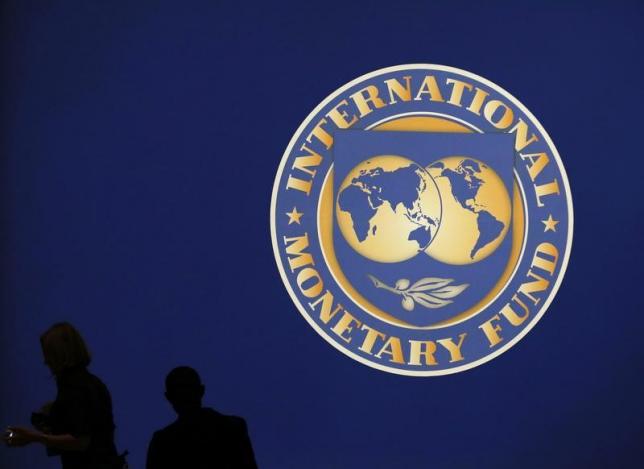
In the last three days, the rupee has cumulatively shed 4.86%, or Rs5.13. In the open market, it closed at Rs112, according to the Forex Association of Pakistan.
Senior bankers and money market experts anticipated the rupee would remain volatile during the remaining days of the week as well, may go as high as Rs115 but would settle somewhere between Rs110-111 to the greenback.
Irked by PM’s absence, new IMF director cancels visit to Pakistan
The movement in the rupee is a thoughtful strategic initiative, but on the dictation of the International Monetary Fund (IMF), they said.
“The market would be volatile this week and would return to stability in the next,” National Bank of Pakistan President and Chief Executive Officer Saeed Ahmad said in a comment to The Express Tribune.
“Pakistan’s currency market is not large enough to be left free for all. If left, it would build speculative pressure on the rupee and people with vested interest may take irresponsible steps,” he said, adding that “the government must let it weaken to a certain level and then keep it monitored.”
“Non-stop volatility is not good for the country. We should not forget that stability in the currency is a must (to protect) foreign investment,” Ahmad said.
“The authorities may let it settle somewhere between Rs110-111 to the US dollar,” said Ahmad, who served as a deputy governor at the State Bank of Pakistan (SBP) before joining NBP in March 2017.
“It may go up till a maximum range of Rs111-112 during the current week and may settle back at around Rs108-109 if dollar inflows occur in the near term,” he said.
“Those exporters, who may have parked their export proceeds abroad in anticipation of the much talked depreciation, should bring them back keeping in view the rupee has dropped 5% in the last three days,” he said.
“Authorities should not rely solely on the rupee to revive exports. Rather, exports should be revived through a combination of increased efficiency and competitiveness and improved product quality while removing corruption from the export process.
“The rupee’s depreciation would also make import of raw materials expensive,” the NBP president said.
Pakistan in talks with IMF for loan?
Another senior banker, who also foresaw the rupee touching Rs115 to the greenback this week, said the developments suggested that Pakistan has begun talks with the IMF for a new bailout package.
IMF wants safeguards against reckless borrowing, unchecked expenditures
“The IMF may have asked Pakistan to do this (rupee depreciation among other measures to fix the economy) if it wants to negotiate a new bailout package,” he opined.
Pakistan borrowed $6.7 billion from the IMF under a 36-month programme which ended in September 2016 to fix a balance of payments (import bill) crisis which has again resurfaced.
Stakeholders are also questioning the need for depreciating the rupee, unless it was a condition set by the IMF for a new bailout package, after the country recently accumulated $2.5 billion from international markets through the sale of Eurobonds and Sukuk (Islamic bond).
Published in The Express Tribune, December 13th, 2017.
Like Business on Facebook, follow @TribuneBiz on Twitter to stay informed and join in the conversation.

















COMMENTS (1)
Comments are moderated and generally will be posted if they are on-topic and not abusive.
For more information, please see our Comments FAQ